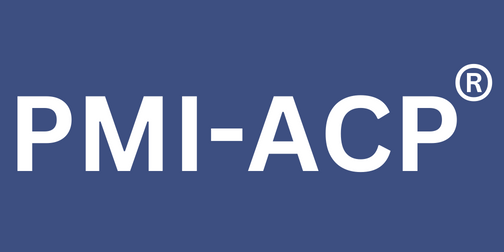Manual Testing
Manual testing
Manual testing is the process of manually testing software for defects. It requires a tester to play the role of an end user whereby they use most of the application's features to ensure correct behavior. To guarantee completeness of testing, the tester often follows a written test plan that leads them through a set of important test cases.
A key step in the process is testing the software for correct behavior prior to release to end users.
For small scale engineering efforts (including prototypes), ad hoc testing may be sufficient. With this informal approach, the tester does not follow any rigorous testing procedure and simply performs testing without planning or documentation. Conversely, exploratory testing, which involves simultaneous learning, test design and test execution, explores the user interface of the application using as many of its features as possible, using information gained in prior tests to intuitively derive additional tests. The success of exploratory manual testing relies heavily on the domain expertise of the tester, because a lack of knowledge will lead to incompleteness in testing. One of the key advantages of an informal approach is to gain an intuitive insight to how it feels to use the application.
Large scale engineering projects that rely on manual software testing follow a more rigorous methodology in order to maximize the number of defects that can be found. A systematic approach focuses on predetermined test cases and generally involves the following steps.
- Choose a high level test plan where a general methodology is chosen, and resources such as people, computers, and software licenses are identified and acquired.
- Write detailed test cases, identifying clear and concise steps to be taken by the tester, with expected outcomes.
- Assign the test cases to testers, who manually follow the steps and record the results.
- Author a test report, detailing the findings of the testers. The report is used by managers to determine whether the software can be released, and if not, it is used by engineers to identify and correct the problems.
A rigorous test case based approach is often traditional for large software engineering projects that follow a Waterfall model. However, at least one recent study did not show a dramatic difference in defect detection efficiency between exploratory testing and test case based testing.
Testing can be through black-, white- or grey-box testing. In white-box testing the tester is concerned with the execution of the statements through the source code. In black-box testing the software is run to check for the defects and is less concerned with how the processing of the input is done. Black-box testers do not have access to the source code. Grey-box testing is concerned with running the software while having an understanding of the source code and algorithms.
Static and dynamic testing approach may also be used. Dynamic testing involves running the software. Static testing includes verifying requirements, syntax of code and any other activities that do not include actually running the code of the program.
Testing can be further divided into functional and non-functional testing. In functional testing the tester would check the calculations, any link on the page, or any other field which on given input, output may be expected. Non-functional testing includes testing performance, compatibility and fitness of the system under test, its security and usability among other things.
- Clear understanding of software testing, and how Software Projects are handled in real time environment
- In Depth understanding of Software Testing methodologies with Manual testing followed in the Industry
- Thorough knowledge on latest Practices like Agile scrum, SDLC, Testdriven, Behaviour driven approaches
- In Depth understanding on designing test cases and defect life cycle process
- Test Case Creation and Bug report
- Creation of Test Execution Report
- Creation of Test plan and Test strategy document
- Types of testing and their real time usages in Projects at different stages
- Understand Project management tool and Testing activities in the Jira
- End to End understanding of QA process from requirement gathering to Project delivery
- Basic knowledge of SQL
- No Environment Limitations
- Recommendable for Dynamically changing GUI designs.
- Recommendable for Usability Testing.
- Manual testing allows for human observation, which may be more useful to find potential defects.
- Analyze requirements from the software requirement specification document
- Create a clear test plan
- Write test cases that cover all the requirements defined in the document
- Get test cases reviewed by the QA lead
- Execute test cases and detect any bugs
- Report bugs, if any, and once fixed, run the failed tests again to re-verify the fixes
- Freshers/Professionals looking opportunity in Software testing
- Manual testers who are looking to explore different areas in Software Testing like Database Testing/API Testing & Backend Testing
- BA/ Support or Other IT Professionals looking to start career as Software Tester
Key Features
 Advantage of Manual Benefits
Advantage of Manual Benefits
 How to perform Manual Testing
How to perform Manual Testing
 What can we do for you?
What can we do for you?
>


















